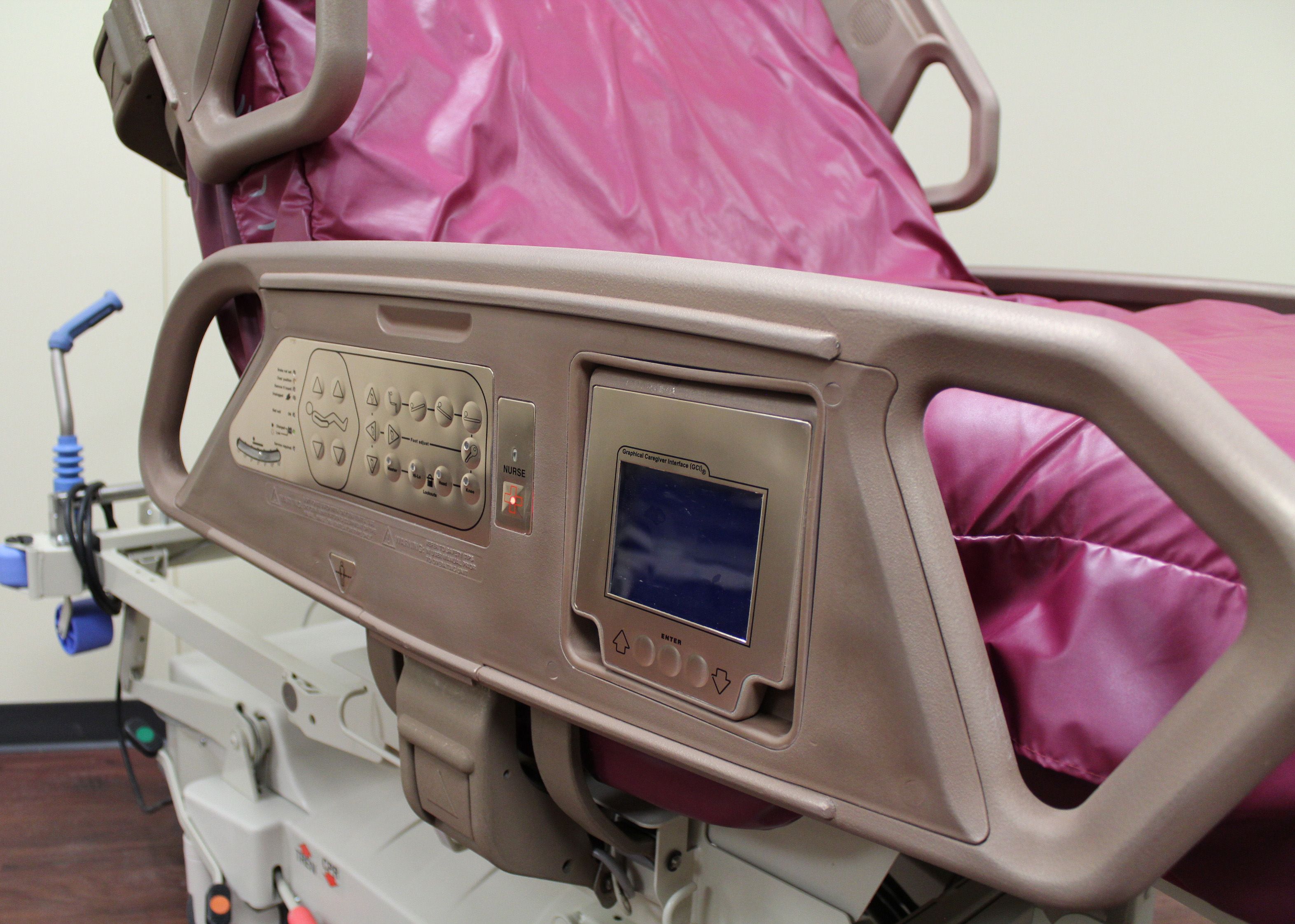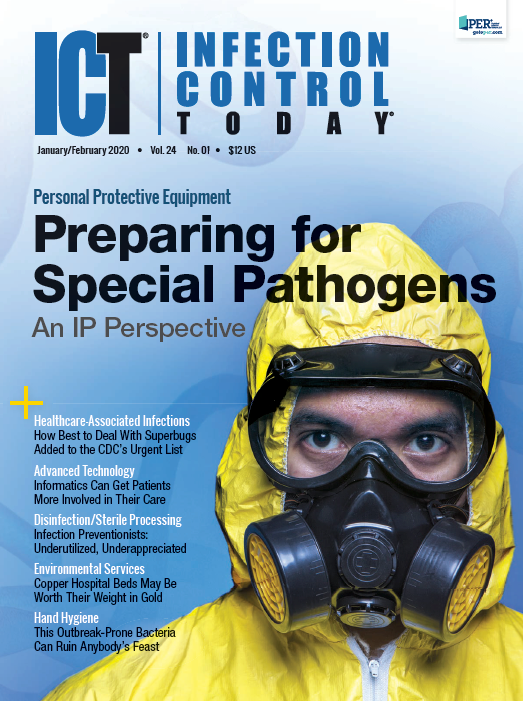Copper Beds Vastly Cut Down on Amount of Surface Bacteria
On average, copper beds harbored 94% fewer bacteria than conventional beds.

Think copper when considering how to best protect patients from bacterial infections while also bolstering the bottom line, argues a recent study in Applied and Environmental Microbiology, a journal of the American Society for Microbiology.1 That’s copper, as in copper beds.
The in situ study compared contamination of intensive care unit (ICU) beds outfitted with copper surfaces to traditional (plastic) beds. The research team tracked the bacteria-fighting efficacy of the beds for 23 months, from April 2017 to March 2019. In total, 350 samples were taken from the plastic beds; 215 from the copper beds.
On average, copper beds harbored 94% fewer bacteria than conventional beds.
“In spite of routine disinfection or terminal cleaning and disinfection (TC&D) efforts to reduce the microbial burden, in situ hospital studies have shown plastic beds are significant reservoirs for microbes,” the study states. “In fact, beds have been shown to be among the most touched and heavily microbially burdened objects in [ICU rooms] and are considered high risk for infection transmission to and from patients, visitors, and hospital staff.”
Copper surfaces “kill bacteria through a multi-modal mechanism through its ability to disrupt bacterial respiration, generate superoxide, and destroy genomic and plasmid DNA in situ,” the study states.
Investigators with the Medical University of South Carolina compared the 2 types of beds at the intensive care unit at Highpoint Health in Lawrenceburg, Indiana. The 8 rooms in the ICU are arranged in an “L” shape. “Researchers recorded the occupancy status of each room when beds were sampled,” according to the study, which was funded by an unrestricted research grant from Bed Techs Inc., a company that manufactures and supplies hospital beds. “Throughout the study, select hospital staff members directly observed hand hygiene and utilized the Qualaris monitor system. Observed compliance rates were routinely greater than 93%.”
Counting staff and visitors, about 83 people enter a patient’s room each day. The study found that the antimicrobial action of copper on near-patient surfaces-such as bedside tables, bedframes, or infusion stands-kept those surfaces below microbial TC&D risk levels.
“Further,” the study states, “it is anticipated that encapsulated copper surfaces will have a higher likelihood of reducing the inherent risk associated with near-patient surfaces than will adjunct, intermittent, and discontinuous disinfection technologies entering the market place, such as ultraviolet irradiation, and vapor phase hydrogen peroxide; and indicator glow markers, covertly placed on near-patient contact locations, intended to identify surfaces that [environmental services technicians] endeavored to clean, rather than whether the surfaces are, in fact, microbiologically clean.”
Michael G. Schmidt, PhD, tells Infection Control Today (ICT) that “the findings suggest that antimicrobial copper beds can facilitate infection control efforts to keep healthcare surfaces cleaner between regular cleanings and reduce the potential risk of transmitting microbes associated with healthcare associated infections.” Schmidt is a professor of microbiology and immunology at the Medical University of South Carolina and the study’s corresponding author.
Unfortunately, as Schmidt points out, copper hospital beds are not yet commercially available. “We are hopeful...that this [study] will acquaint the decisionmakers that they now have a new tool to help them in their fight against [healthcare-associated infections (HAIs)].”
The study’s outlining of the potential cost-effectiveness of copper beds might help that case. The copper beds-outfitted with copper rails, foot boards, and bed controls-are a continuous intervention. That cuts down on the time spent making a standard bed microbially safer. A copper fitted bed costs about $2,200, or about $1.20 per day over 5 years. That, according to the study, represents less than 10% of the costs of other cleaning options, such as additional daily cleaning (~$12-$13 per room), ultraviolet radiation (~$10 per room), or hydrogen peroxide vapor phase deposition (~$100 per room), when labor, supplies, and equipment costs are included. In addition, “it is the only adjunct to act continuously, actively killing bacteria 24 hours/day and only adding a modest increase to the environmental services/infection control budget,” the study notes.
About 2 million patients in the United States contract an HAI each year, and an estimated 75,000 of those will lose their lives.
Schmidt tells ICT that “as copper is a continuous acting intervention, we believe that employing an intervention such as a completely encapsulated copper bed should lead to reductions in the HAI acquisition rate when used in concert with other infection control interventions.”
References:
Reference
Schmidt MG, Attaway HH, Fairey SE, Howard J, Mohr D, Craig S. Self-disinfecting copper beds sustain terminal cleaning and disinfection effects throughout patient care. Appl Environ Microbiol. 2019 Dec 13;86(1). pii: e01886-19. doi: 10.1128/ AEM.01886-19. Print 2019 Dec 13.

Robust infectious disease surveillance, including rapid subtyping of influenza A, is essential for early detection, containment, and public health reporting of novel viral threats.